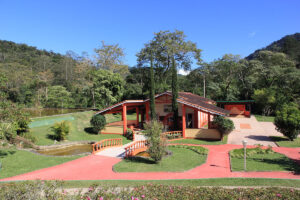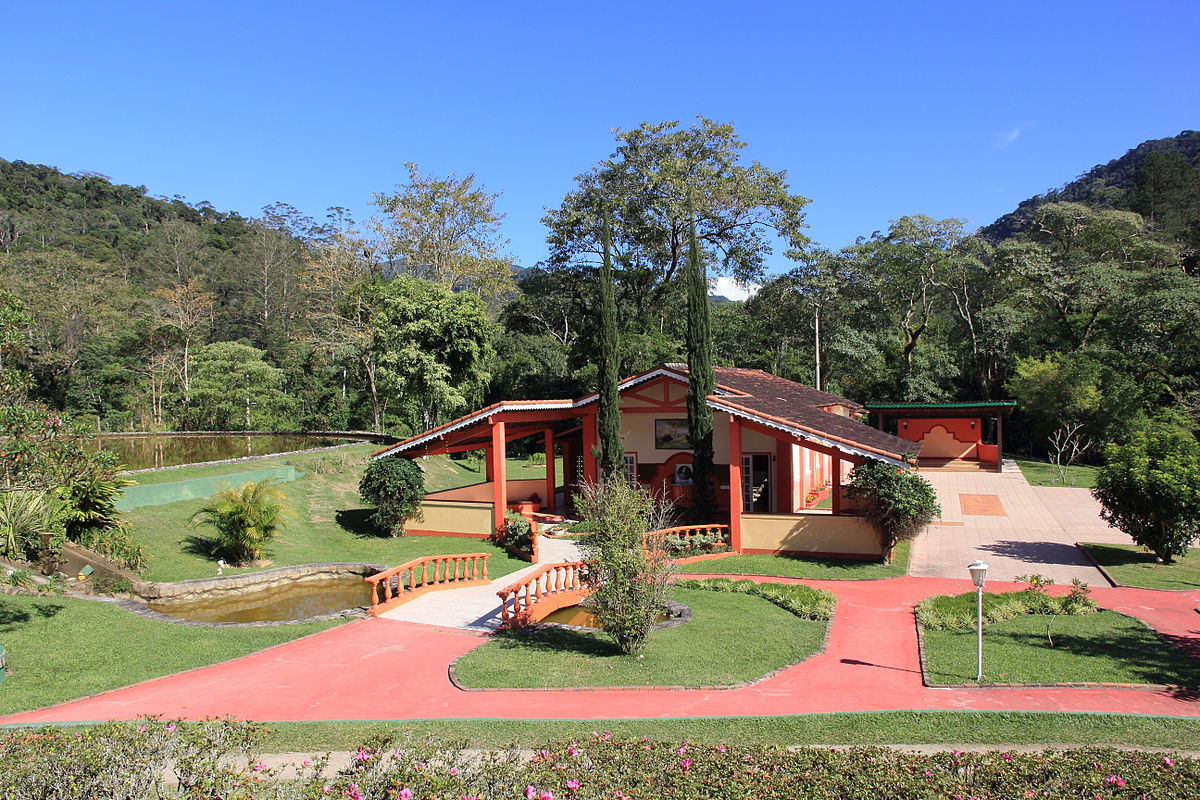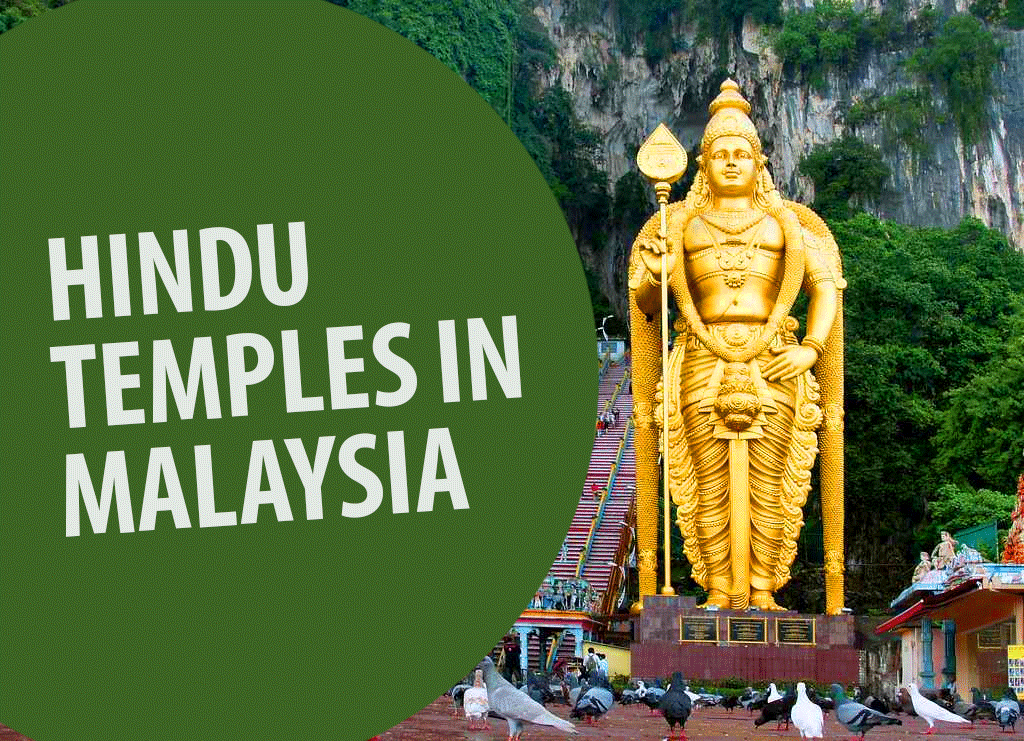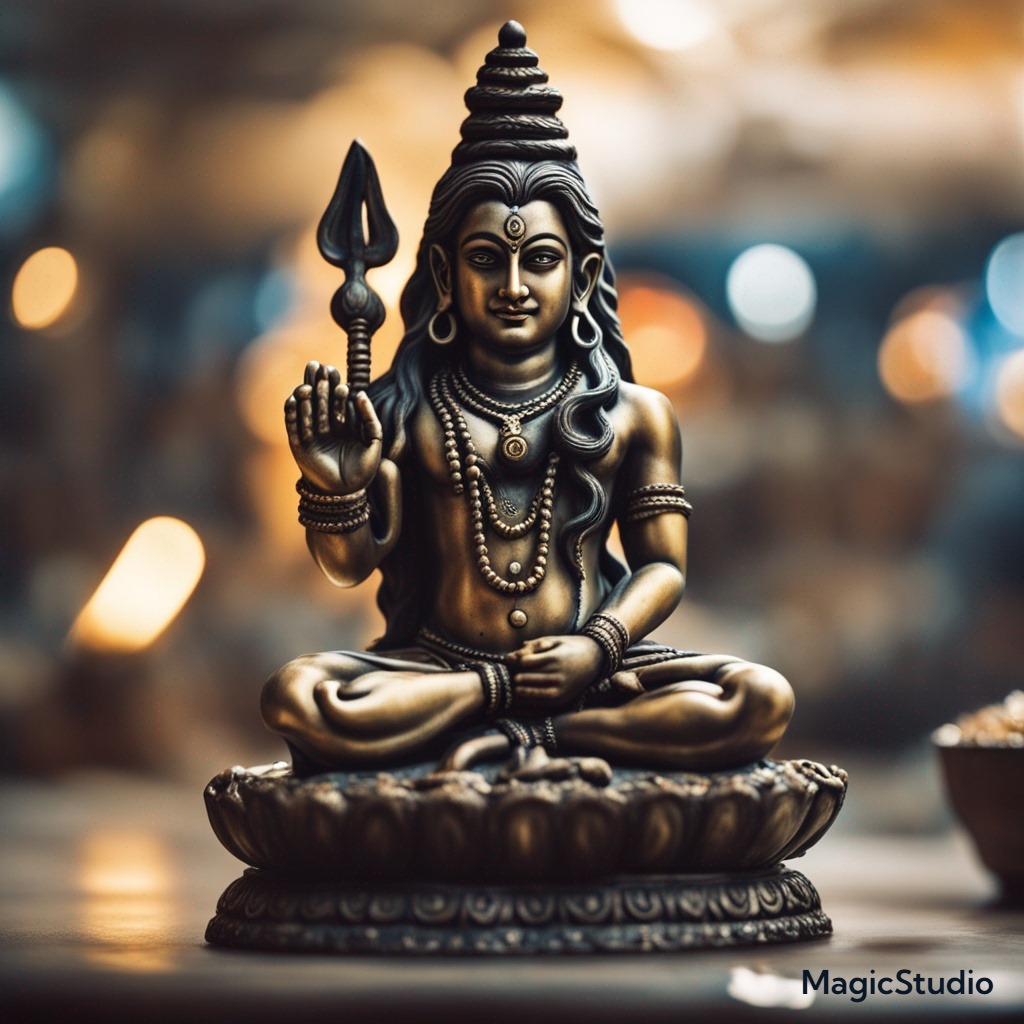A Blossoming Lotus: The Story of Hinduism in Brazil
On the vibrant streets of São Paulo, amidst the rhythmic beats of samba and the aroma of feijoada, stands an unassuming temple adorned with intricate carvings of deities. This temple, a sanctuary for Hindu devotees, tells the story of a culture that has traveled thousands of miles to find a home in the heart of Brazil.
Hinduism’s roots in Brazil can be traced back to the early 20th century, when a handful of Indian immigrants arrived, bringing their traditions and beliefs. Initially, their practices were private, confined to small gatherings in homes. Over time, as globalization and cultural exchange grew, so did Hinduism’s influence. The teachings of yoga, meditation, and Vedanta became threads weaving new patterns into Brazil’s multicultural tapestry.
Amrita, a Brazilian woman in her early 30s, is one of many who found solace in Hinduism. A corporate professional in São Paulo, she stumbled upon a yoga class one evening after work. What began as an effort to combat stress soon turned into a spiritual journey. Amrita’s teacher, a devotee of the Bhagavad Gita, often shared snippets of Hindu philosophy during classes.
“You are not the body; you are the soul,” he once said. These words struck a chord with Amrita, who began exploring Hindu texts and attending meditation sessions. Soon, she found herself visiting the ISKCON temple in São Paulo, where kirtans (devotional songs) resonated with her in ways she had never experienced before.
ISKCON, or the International Society for Krishna Consciousness, has played a significant role in introducing Hindu practices to Brazilians like Amrita. The temple, with its vibrant murals of Krishna and Radha, hosts weekly satsangs (spiritual gatherings), where devotees and curious visitors come together to chant, share meals, and learn about Hindu teachings.
But Hinduism in Brazil is not limited to temples. Across the country, yoga studios have become hubs for exploring Indian spirituality. In Rio de Janeiro, the Art of Living Foundation hosts workshops on pranayama (breathing techniques) and meditation, often quoting ancient Hindu scriptures like the Upanishads. These classes attract Brazilians from all walks of life, blending the philosophies of the East with the natural rhythm of South American culture.
One of the most colorful manifestations of Hinduism in Brazil is the celebration of Holi, the festival of colors. Each year, parks in major cities come alive with clouds of vibrant powders, laughter, and music. Although adapted to local traditions, these events keep the essence of Holi alive: the celebration of unity, love, and the triumph of good over evil.
Yet, Hinduism in Brazil is not without challenges. As a minority religion, it often struggles with visibility. Some Brazilians misunderstand its practices, associating them only with yoga or exotic rituals. However, for practitioners like Rajesh Patel, a second-generation Indian-Brazilian, these challenges are opportunities to educate and connect.
“My father taught me to be proud of our heritage,” Rajesh says, standing outside the temple his family helped build. “But it’s not just about preserving traditions. It’s about sharing them, showing how they can enrich lives, no matter where you’re from.”
The younger generation of Hindus in Brazil is embracing this ethos. Through social media, workshops, and open dialogues, they are breaking stereotypes and inviting more Brazilians to experience the depth of Hindu philosophy.
Today, Hinduism in Brazil stands as a testament to the power of cultural exchange. It is not confined to temples or festivals but is alive in the hearts of people like Amrita and Rajesh. As the sun sets over São Paulo, the temple bell echoes through the city—a gentle reminder of how faith, like a lotus, can bloom even in foreign soil.
This blossoming lotus continues to thrive, bridging two vibrant cultures through shared values of spirituality, love, and harmony.








